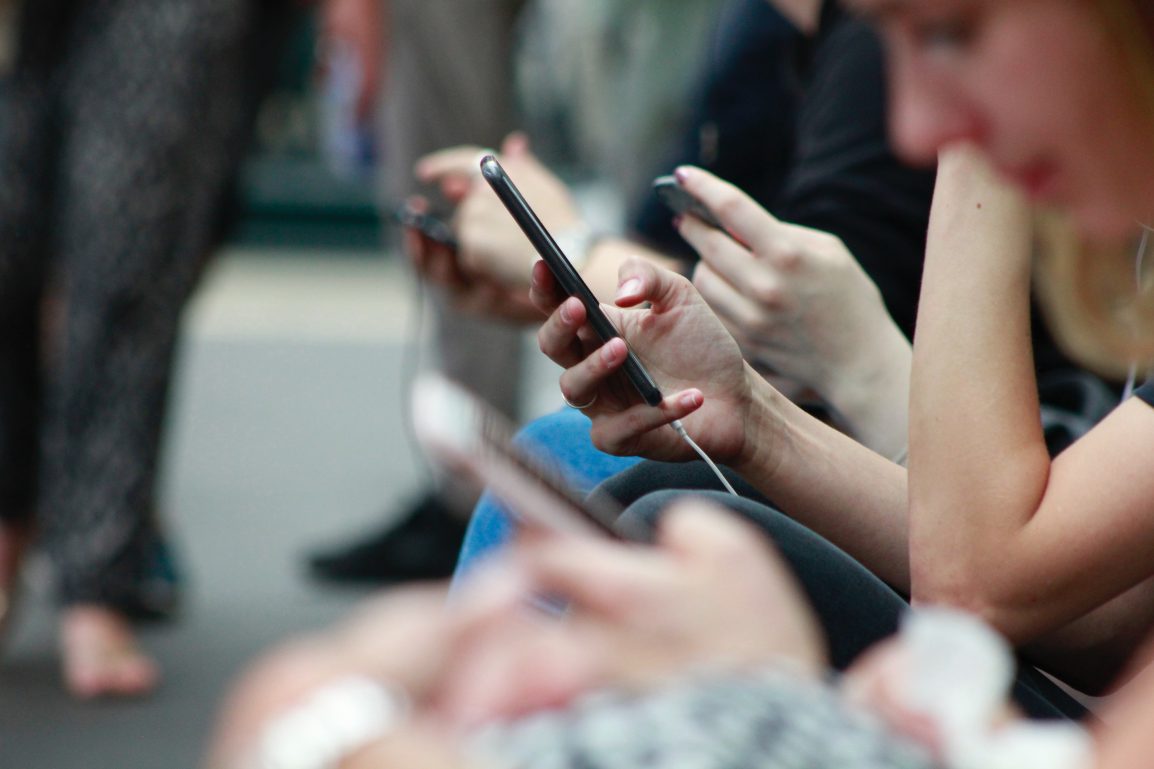Social Media’s Detrimental Impact on Youth
Due to prominent social media usage, people are always a snap, click, like, and a swipe away from their virtual lives. From following their friend’s vacations on Instagram to viewing their Grandmother’s Easter Celebration on Facebook, to subscribing to their favorite celebrity on Twitter, social media connects people to others.
However, are these platforms beneficial and productive for society? Moreover, is the fact that social media connects people beneficial enough to outweigh its numerous negative impacts? After all, the rise in social media has met an increase in depression and suicide rates. Even more shockingly, more active users report feeling lonely daily. Therefore our society must consider regulating social usage, especially among the impressionable minds of the youth, because they are more susceptible to the damage social media usage can cause. Children can engage more with their families, friends, and community by limiting social media usage. Moreover, they can have healthier self-esteem and maintain better physical and mental health. Thus, our society can function more productively and serve its community better.
I’ll be discussing three key points: how social media negatively impacts children, what effect regular usage has on children, and how social media usage can be limited.
How Social Media Negatively Impacts Children
First of all, social media is addictive. On May 17, 2017, Amanda Panullo found that “kids can look at their phones from two to 15 times in an hour.” If children are up for 16 hours in a day and then they look 15 times an hour, that is a whopping 240 phone checks per day. Based on the fact that children are constantly reaching for their phone to check for updates, it is pertinent that they are addicted to their phones. According to Jefferson Health, on June 22, 2022, Dr. Nancy Deangelis shared that “The shares, likes and comments on these platforms trigger the brain’s reward center, resulting in a high similar to the one people feel when gambling or using drugs.” Moreover, this addiction is a never-ending cycle. Firstly, people tend to visit these applications when wanting to feel stimulated. In fact, many people report feeling depressed, anxious, bored, or dissatisfied when opening the apps. Secondly, the never-ending flood of bright colors, flashing lights, engaging alerts, and interesting content delivers vividly interesting images to our visual cortex. Then, our reward system is overwhelmed with a surge in dopamine release, which is a feel-good chemical. Similarly with drug usage, people become immune to the amount, therefore, they need to increase their dosage. Thus, people become impulsive and seek out more and more social media usage. Overall, studies suggest that social media addiction is very dangerous, therefore its consumption should be limited.
Social media addiction can lead to prolonged health conditions such as anxiety, depression, and lowered self esteem. This is because people compare themselves to others, and set unrealistic expectations on themselves. Since content creators only share the highlights of their lives, people are manipulated into thinking that their lives are not interesting enough. However, oftentimes people compare their lives and appearances to others without realizing that the content on social media is highly curated. On September 11, 2020, the Centers for Disease Control drew the connection that the suicide rate among 10- to 24-year-olds was stable from 2000 to 2007; it then increased 57% between 2007 and 2017. The increase in suicide rates is directly related to the growth of social media platforms, thus proving that social media platforms increase feelings of depression anxiety. Moreover, social media negatively impacts sleep, as high usage leads to lower quality of sleep. On March 1, 2021, a health and wellness Guru, Suruchi Saini, explained the relationship between sleep and social media as “staring at smartphone screens in bed is like tricking the body into staring into a brightly-lit landscape, which delays melatonin production and prevents us from having quality sleep patterns.” Additionally, social media usage can lead to lack of physical activity as the time spent on social media is usually spent sitting.
Being a teenager and advocating for reduced social media usage is unexpected, as teenagers are notorious for high social media usage. However, being an active user has made me realize how addictive social media is and what a detrimental impact it can have on my health. I have experienced feeling left out over seeing other people’s posts on my feed. Moreover, I have felt highly addicted to social media, especially while scrolling on Tiktok, because of the endless content. Although, various teenagers argue that social media helps them stay connected with friends and family, virtual interaction cannot make up for the lack of face to face interaction.. Due to the lack of physical and social cues, virtual interactions are not as efficient as face to face interaction, which explains why active users report feeling lonely, despite spending hours online. On April 13, 2020, Ms. Plumridge found that using the Internet for interpersonal communication had a negative impact on people’s quality of life whereas talking to a friend or family member face-to-face for just 10 minutes had a positive impact on quality of life.
While social media has its advantages, such as connecting us to friends and family, it is important to regulate usage. This is because overconsumption can lead to feeling depressed and anxious. Moreover, it can negatively impact our health. Therefore it is important to manage time spent on social media sites wisely. The best way to phrase the relationship between social media usage and our health is “It is okay to own a technology, what is not okay is to be owned by technology.”

